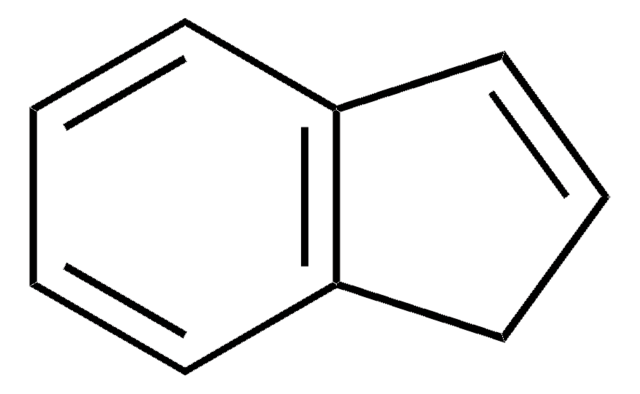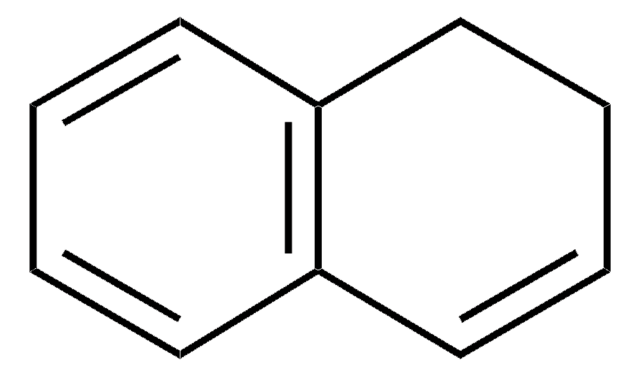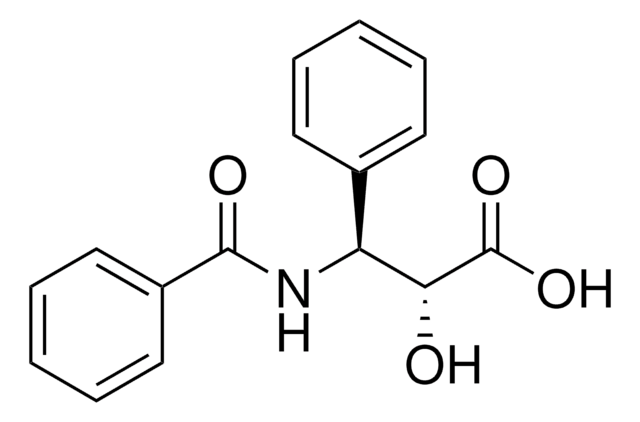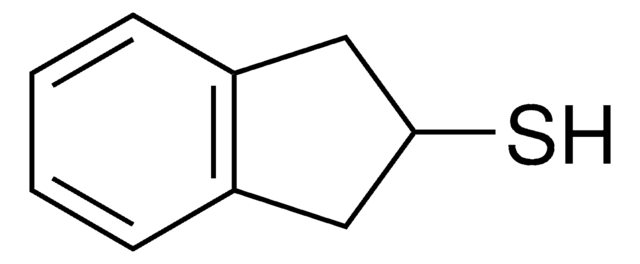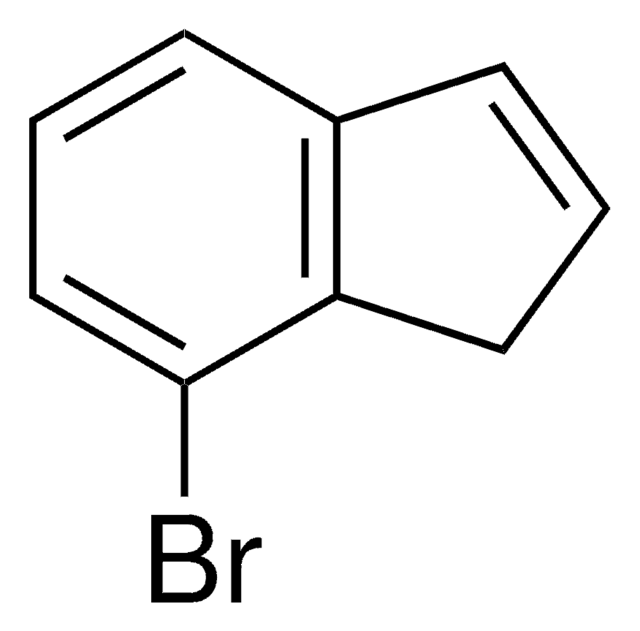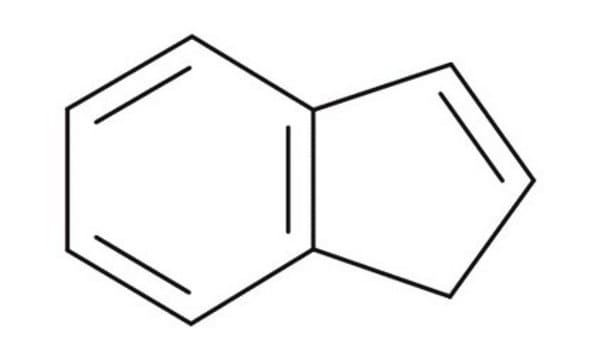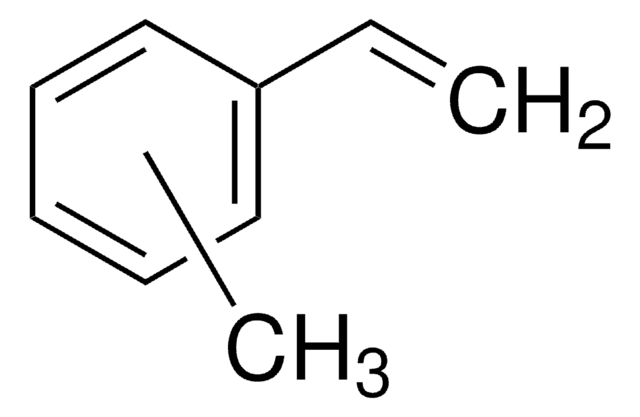449431
2-Methylindene
98%
Synonim(y):
2-Methyl-1H-indene
About This Item
Polecane produkty
Próba
98%
współczynnik refrakcji
n20/D 1.567 (lit.)
tw
45 °C/0.2 mmHg (lit.)
gęstość
0.971 g/mL at 25 °C (lit.)
ciąg SMILES
CC1=Cc2ccccc2C1
InChI
1S/C10H10/c1-8-6-9-4-2-3-5-10(9)7-8/h2-6H,7H2,1H3
Klucz InChI
YSAXEHWHSLANOM-UHFFFAOYSA-N
Szukasz podobnych produktów? Odwiedź Przewodnik dotyczący porównywania produktów
Powiązane kategorie
Kod klasy składowania
10 - Combustible liquids
Klasa zagrożenia wodnego (WGK)
WGK 3
Temperatura zapłonu (°F)
168.8 °F - closed cup
Temperatura zapłonu (°C)
76 °C - closed cup
Certyfikaty analizy (CoA)
Poszukaj Certyfikaty analizy (CoA), wpisując numer partii/serii produktów. Numery serii i partii można znaleźć na etykiecie produktu po słowach „seria” lub „partia”.
Masz już ten produkt?
Dokumenty związane z niedawno zakupionymi produktami zostały zamieszczone w Bibliotece dokumentów.
Klienci oglądali również te produkty
Nasz zespół naukowców ma doświadczenie we wszystkich obszarach badań, w tym w naukach przyrodniczych, materiałoznawstwie, syntezie chemicznej, chromatografii, analityce i wielu innych dziedzinach.
Skontaktuj się z zespołem ds. pomocy technicznej
